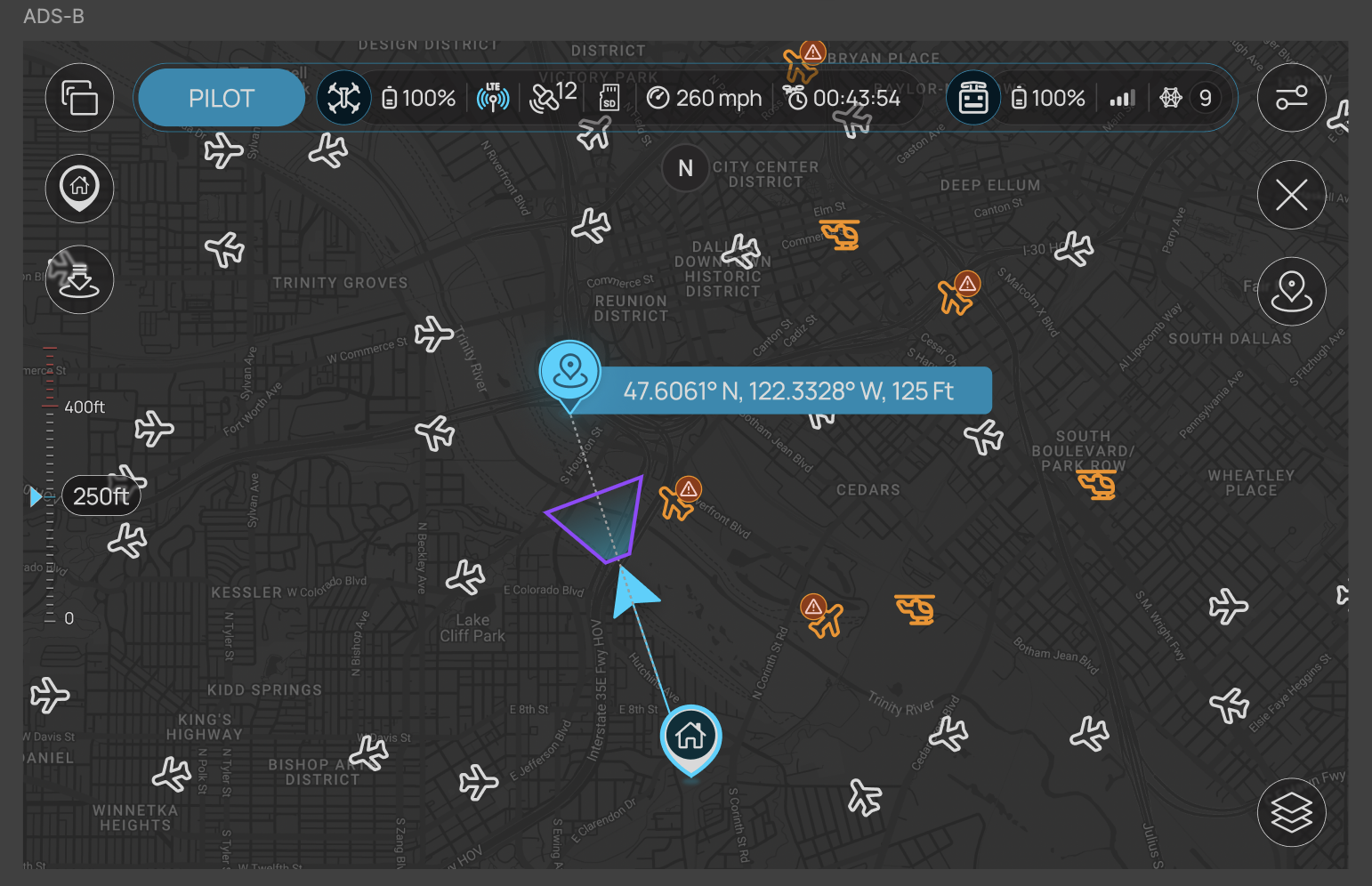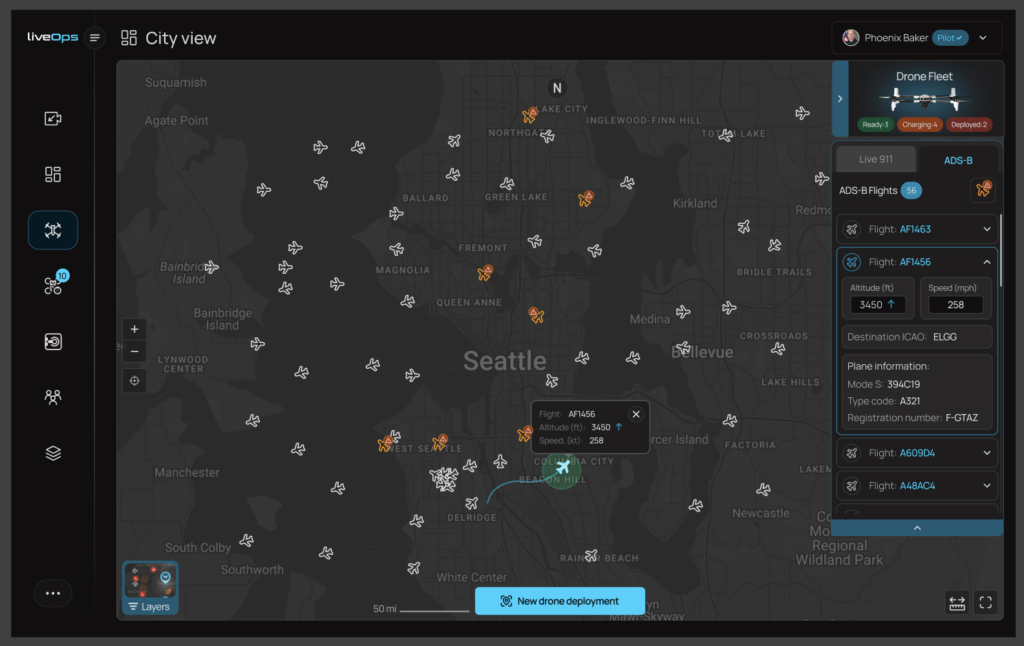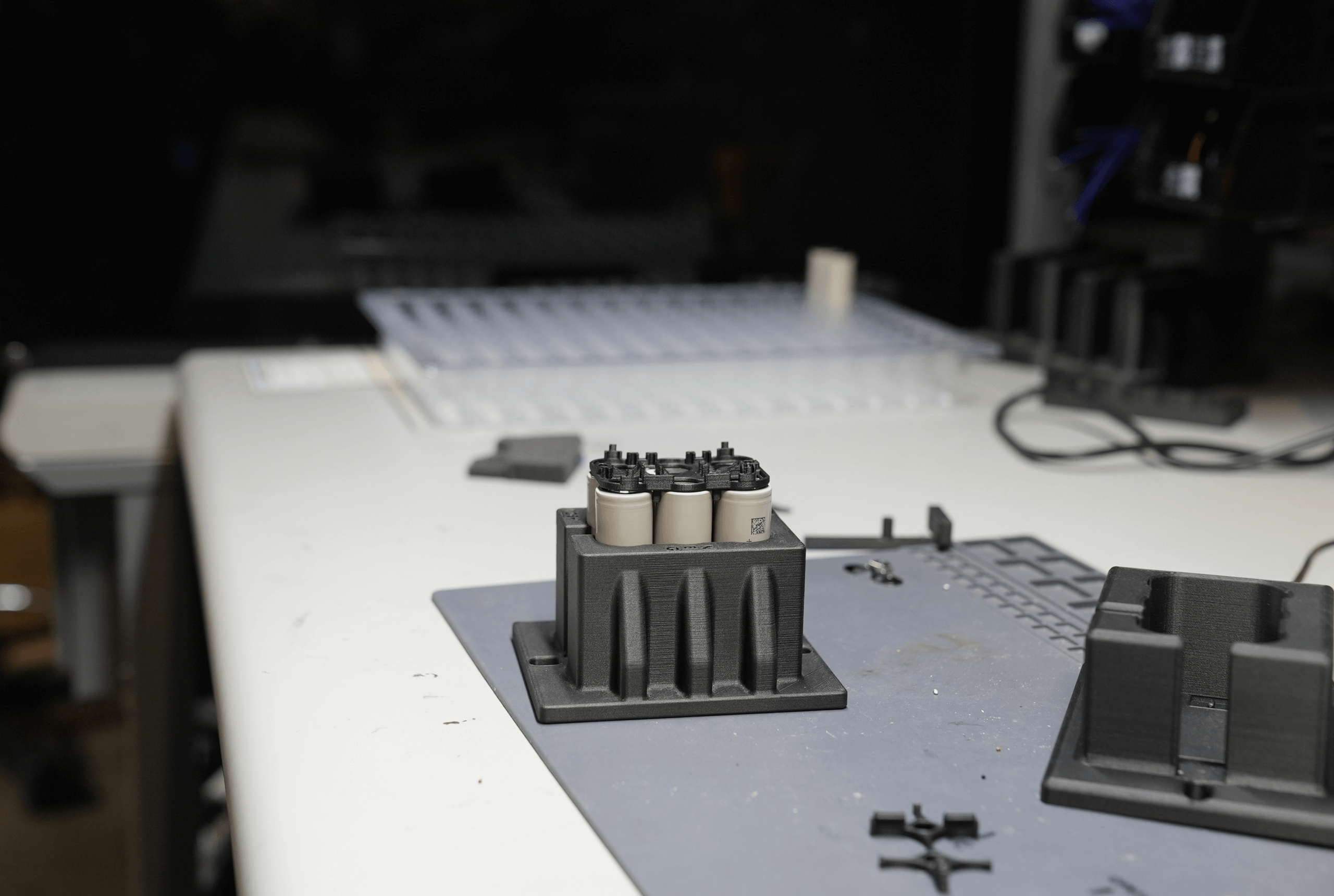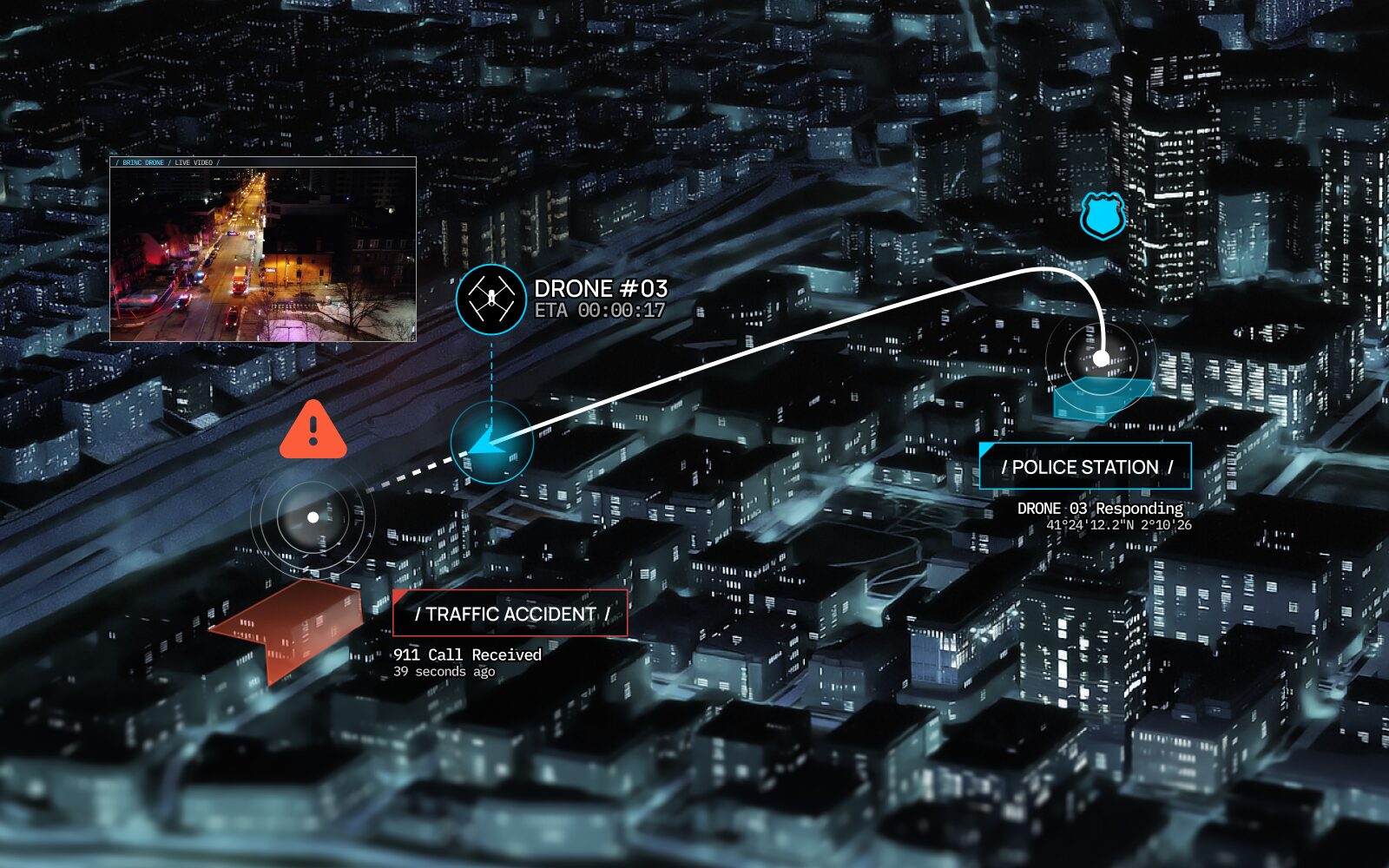A Simpler Way to Fly BVLOS

For those public safety organizations interested in a simpler path towards Federal Aviation Administration approvals that allow drone pilots to fly beyond visual line of sight (BVLOS), we’ve got good news.
With end-to-end integration and advanced airspace awareness built into our drone solutions, BRINC meets guidelines for a shielded operations approach that permits drones to fly BVLOS. In fact, our partners over at the Redmond Police Department, recently received just such a waiver from the FAA that will allow them to deploy more 911 response drones.
A More Streamlined Approach
While many vendors have separate drone operations, tele-operations, and a third-party airspace awareness system, BRINC maintains a simpler approach to airspace awareness that pushes all notifications to the drone pilot in real time.

Equipped with ADS-B receivers, our drone solutions seamlessly pull data into our system, providing flight intel to the pilot for safe operations. And just as importantly, with ADS-B receivers, ASTM parachutes, and anticollision lights, it’s now easier than ever for public safety organizations to meet all requirements for the shielded ops waiver allowing you to operate BVLOS up to 200 feet AGL.
Covered From All Angles
In addition to physical ADS-B receivers in the Station and Responder controller (covering all operations from DFR and patrol-led DFR to more traditional ops), we have networked ADS-B so you can check the airspace outside your normal operating area or before takeoff. All this is merged into a single pane of glass on LiveOps.

The Proof Is in Redmond
But don’t just take our word for it. Using BRINC docking stations, Redmond PD recently announced the expansion of its Drone as First Responder (DFR) program after successfully applying to fly BVLOS using a shielded ops approach.
This allows their DFR program to further assist with police calls for service, improve emergency response times, and enhance public safety through near-continuous flight capabilities.
What About Radar?
Of course, the removal of visual observers up to 400 feet is also being approved with radar. BRINC’s partnership with Echodyne allows us to not only add a layer of safety and reliability, it also provides a path for our customers to meet the stringent FAA requirements for BVLOS operations without a visual observer.
While you might get 200 extra feet of flight altitude with radar, the advantage with shielded ops is that it’s simpler to integrate into your current drone system, it’s cheaper, and most importantly, it’s an easier waiver process.
Interested in learning more about a shielded ops waiver to fly BVLOS? Get in touch with us here.

